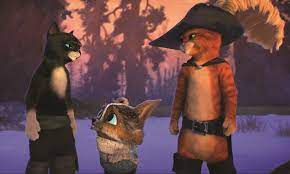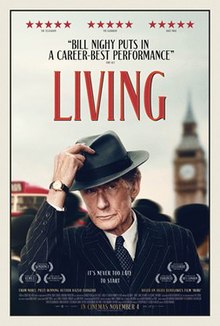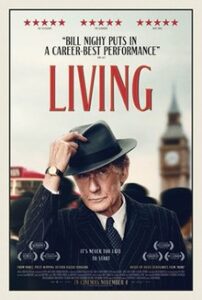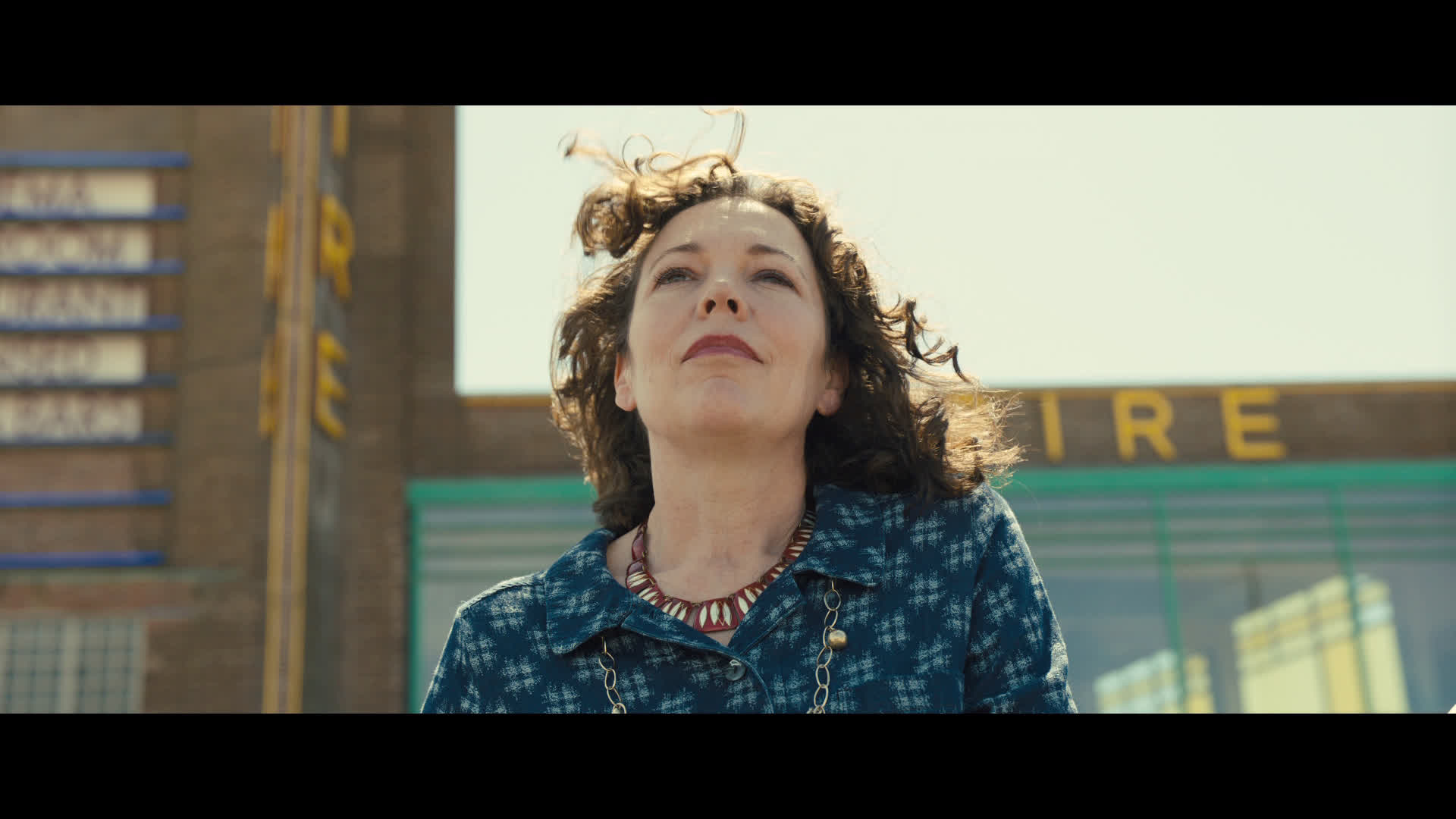Puss in Boots: The Last Wish
Posted on December 21, 2022 at 12:40 pm
B +| Lowest Recommended Age: | Kindergarten - 3rd Grade |
| MPAA Rating: | Rated PG for action/violence, rude humor, language and some scary moments |
| Profanity: | Mild schoolyard language and almost-language |
| Alcohol/ Drugs: | None |
| Violence/ Scariness: | Extended fantasy peril and action, comic "deaths," some scary monsters, a character embodies death |
| Diversity Issues: | None |
| Date Released to Theaters: | December 23, 2022 |
| Date Released to DVD: | February 27, 2023 |

And that is how, after an opening scene filled with swordplay, acrobatics, and valor, including the defeat of a superbly designed tree giant, Puss ends up living with a cat lady (Da’Vine Joy Randolph, warm-hearted with just a touch of dottiness). “I’m always on the lookout for a new lap cat!” she says. Puss sadly buries his feathered hat and boots and resigns himself to the indignities of blue booties, eating cat chow from a trough, and using a litter box.
But then he discovers there is one chance to reboot his lives. It involves a magical map to the location of a fallen star that can grant just one wish. He is not the only one who wants that wish, though. Goldilocks (a hilarious cockney-accented Florence Pugh) and her three bear crime family (Ray Winstone, Olivia Colman, and Samson Kayo) and Big (formerly Little) Jack Horner (John Mulaney in full sneer mode) want the wish. And so does Kitty Softpaws (Salma Hayek), whose fearlessness and swords(wo)manship are every bit a match for PiB, with a history together that makes them both wary and attracted to one another.
And so, Puss is off on a journey and in a race with the other groups trying to beat him to the wish. And as we expect from the SCU (Shrek Cinematic Universe), there will be humor ranging from sly references for the grown-ups to slapstick for the young and the young at heart. And there will be action, adventure, some heartwarming lessons about friendship and a little bit of romance. It is always fun to see or rather hear “Desperado” co-stars Hayek and Banderas together again.
The character design and movement is very well done, especially the tree giant, the wolf/bounty hunter who represents Death, and Goldilocks. And the animation style is wonderfully dynamic and expressive. I especially enjoyed the mix of animation styles. We are all used to the hyper-realism of CGI, with every hair in a cat’s fur rendered individually. So it was especially nice to see the contrast between that realism and a more impressionistic depiction of fur on the coats of the three bears or the bark on the tree giant. The combination works surprisingly well and a slight strobe effect on some of the action scenes gives them a joyfully dynamic comic-book pop.
This new chapter keeps the best of the series’ humor and heart and adds new touches to keep the story and characters vibrant. If they can keep this up, Puss should have many more lives.
Parents should know that this film has some mild schoolyard language and some almost-language, some potty humor, and extended fantasy action with some peril and violence that almost reaches the PG-13 level, including flashbacks of Puss in Boots’ first eight “deaths.”
Family discussion: If you had nine lives, what chances would you take? What was different about what Golidlocks and Jack Horner wanted to wish for?
If you like this, try: The other Shrek and Puss in Boots movies and the fairy tales and nursery rhymes that inspired them.







